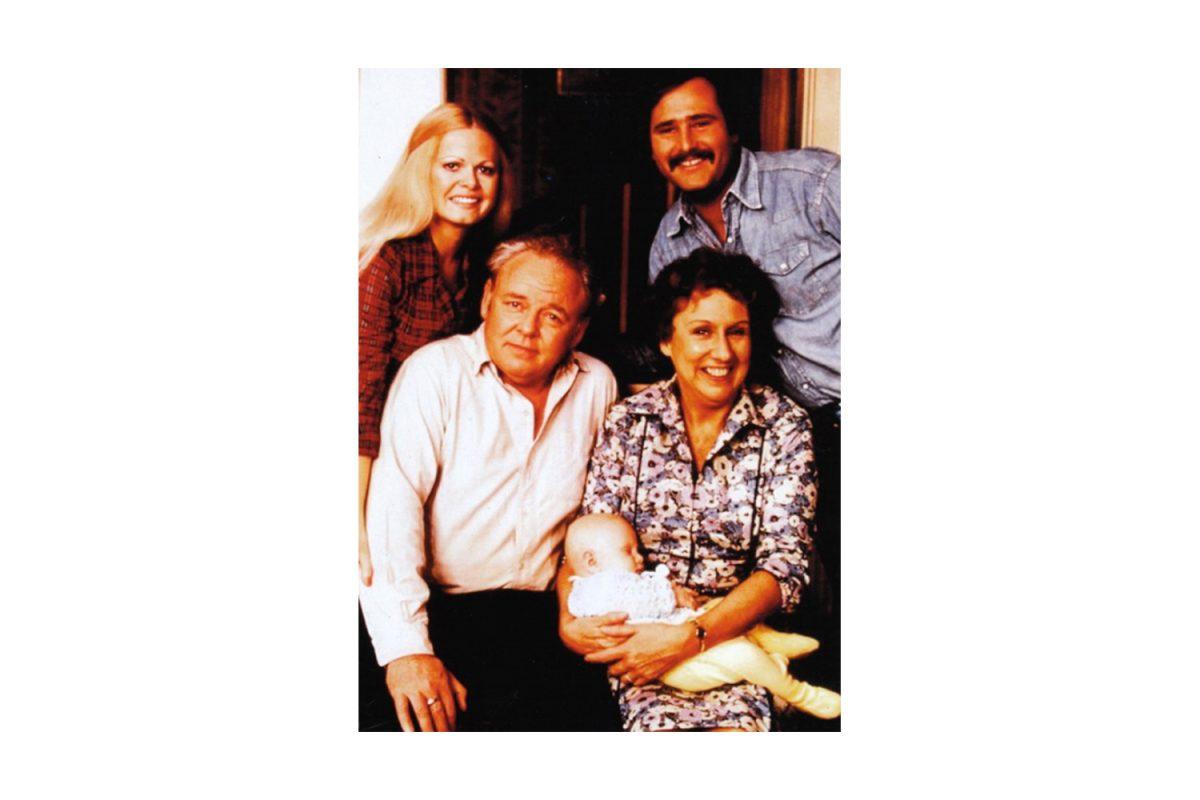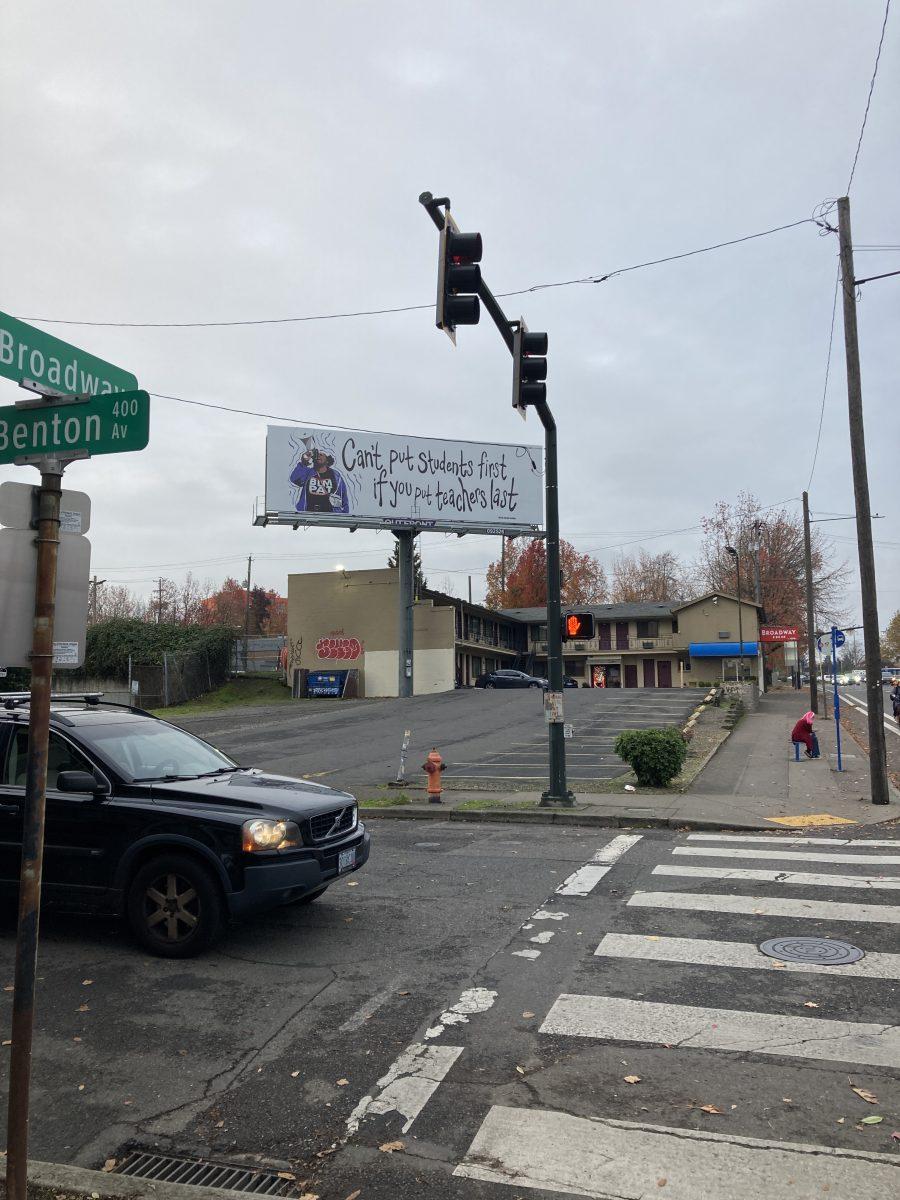It was a chilly October morning, and thirty or so Grant community members were huddled around a breakfast spread at the BESC PPS building. Teachers, parents, students, and neighbors alike were eager to begin a long bus ride to Seattle. The Design Advisory Group is a committee that meets every few weeks to discuss Grant’s upcoming modernization. I am a member of the group.
This day was different than normal meetings, as we were traveling to Seattle to visit four high schools: Nathan Hale, Garfield, Cleveland and Aviation. Each has been recently renovated. The gathering was also different because of the presence of Grant teachers, who previously had zero contact with DAG members. The collaboration was received positively by both sides. DAG members especially loved hearing first hand thoughts about what is important when redesigning our high school.
After each school, we talked about the pros and cons of the layout. A couple topics kept coming up, including flexible learning spaces (small group tables, computer bars, big whiteboard spaces), and the idea of creating a commons area for students.
The Education Specifications came up several times during our discussions. They are a list of rules, including the types and sizes of spaces the DAG must follow when designing the school. They call for a drastically smaller theater, flexible learning spaces, and less classrooms than there are teachers. This has been a major change that has teachers worried and students confused. Much of the trip was devoted to debating this idea and what can be done about it.
“Limiting the number of classrooms ultimately seems to suggest that we don’t see a strong commitment to public education moving forward,” says Grant English teacher Mary Rodeback, who has reservations about the Ed Specs.
“I struggle with being hopeful, just because I know what’s happened in other buildings with respect to the redesign, and specifically buildings that are in the midst of being redesigned now, because I know that communities of educators and students in those buildings feel as though they haven’t been heard. I do remain hopeful because I know how invested the Grant community is,” she says.
DAG leader Michelle Chariton felt that overall, the trip was a success. “I think our day, although it was long, went amazing. I like to compare it to the Real Word New York, when people stop being polite and start being real, and bringing forward real issues and conversations, and tough conversations to have amongst each other, and everybody sees that everybody is just trying to do a good job.”
To become more involved in the modernization process, please come to a community planning workshop on November 11th at 9:00am in the Grant library and share your voice.





































